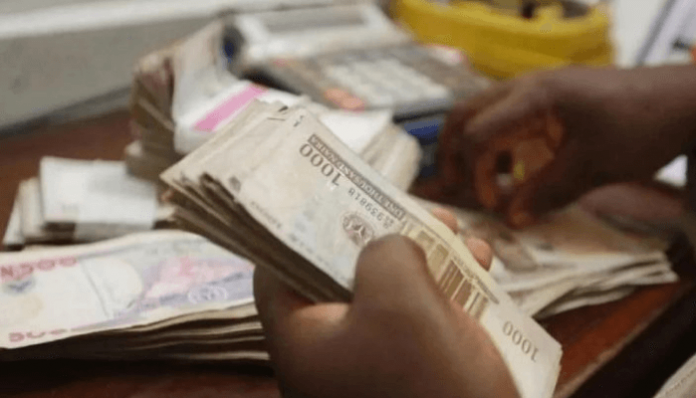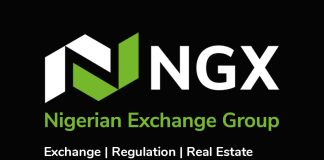Liquidity in the banking sector strengthened ahead of the Central Bank of Nigeria’s (CBN) midweek main market auction Treasury bills rollover. The CBN is expected to roll over maturing treasury notes worth N153.99 billion on Wednesday, amid persistent optimism that rates pricing will improve despite the financial system’s solid liquidity circumstances.
The rollover amount would be divided into three installments: 91-day bills worth N4.52 billion, 182-day bills worth N1.31 billion, and 364-day bills for N148.15 billion. Following its continuous monetary policy tightening, the CBN repriced Treasury notes at higher spot rates during its midweek primary market auction in July.
The CBN offered instruments worth N264.33 billion for subscription during the auction. The fact that liquidity levels increased yesterday in the market raises concern about spot rates pricing at the auction sales.
Short-term benchmark rates dropped strongly in the absence of pressures in the market. System liquidity increased to ₦296.99 billion on Tuesday from ₦199.54 billion, according to market data. As a result, the open repo rate (OPR) crashed by 315 basis points to 2.75%. Also, the overnight lending rate (OVN) declined by 520 basis points to 400 basis points to 2%.
In its market update, Cordros Capital said trading activities in the secondary market ended with bearish sentiments as the average yield expanded by 30 basis points to 7.3% on Tuesday.
“The Treasury Bills market traded on a mildly bullish note despite the PMA auction scheduled for tomorrow with the demand skewed to the 25-July-24 bill with trades consummated at 9.00% levels”, Futureview said in its update.
Across the curve, fixed income market analysts said the average yield was unchanged at the short and mid segments but expanded at the long (+27bps) end, as participants sold off the 338-day to maturity (+10.19ppts) bill.
Similarly, activities in the Federal Government of Nigeria (FGN) bond secondary market were bearish, as the average yield expanded by 13bps to 13.5%. Across the benchmark curve, the average yield increased at the short (+20bps), mid (+17bps), and long (+8bps) segments due to selling pressures on the MAR-2025 (+110bps), APR-2032 (+37bps) and JAN-2042 (+47bps) bonds, respectively.













